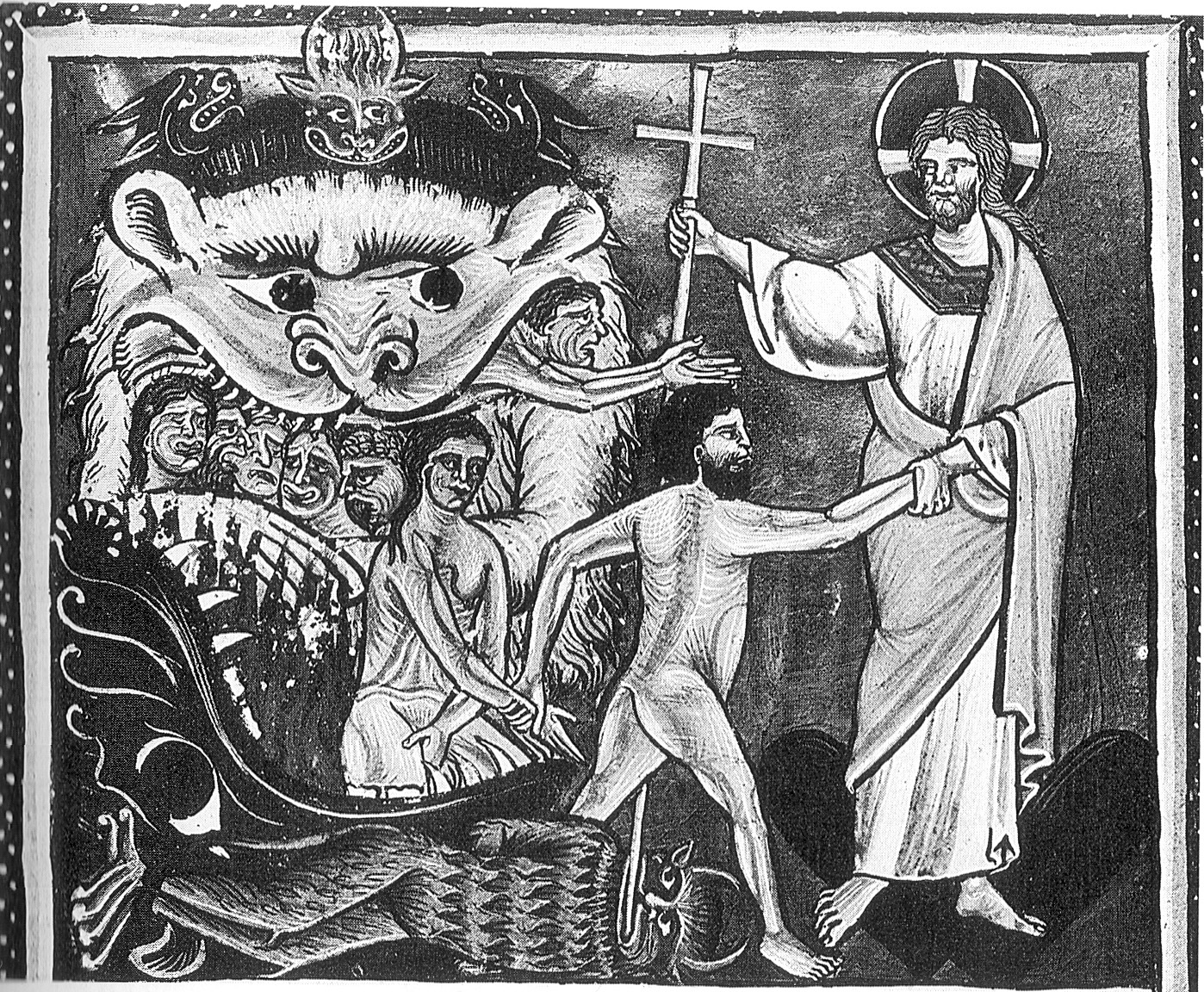archdruid | Patterns of thinking, like patterns of action, are most efficient when they don’t require conscious attention. Just as you can’t really become skilled at playing a musical instrument until you no longer have to consciously move every finger into position on the keys or strings, you can’t really use a way of thinking about the world until it slips below the surface of the mind and starts to structure how you experience other things. Pay attention to the way your mind works when you wake in dim light in an unfamiliar room, and the vague shapes around you take time to turn into recognizable furniture, and you’ll get a sense of the way this affects your awareness of the world; learn some cognitive skill such as plant identification, and notice the shifts in perception as foliage changes from a vague green blur to a galaxy of legible patterns, and you’ll get a sense of the same process from a different angle.
The difficulty with this otherwise helpful process comes when the unnoticed ideas you’re using to frame your experience of the world no longer tell you the things you most need to know. Wilderness tracker Tom Brown Jr. tells a story in one of his books about a group of students who were learning plant identification, and were out with Brown on a herb walk. Brown stopped them at one point along the trail, pointed to a plant, and said, “What do you see?” The students all correctly named the plant. “Get closer and take another look,” Brown said. The students did so, and confirmed that it was, in fact, the plant they’d named. After several repetitions, they were almost on top of the plant, and it wasn’t until then that the rabbit that was nibbling on the plant leaves bounded away, startling the students. They had been paying so much attention to plants that they hadn’t seen the rabbit at all.
The same thing happens in far less innocuous ways when the unnoticed ideas aren’t simply the product of a weekend workshop’s focus, but provide basic frameworks for the experiences and the thinking of an entire culture. The cognitive framing that I called the shape of time in last week’s post is a case in point. Most people, most of the time, don’t notice that all their thinking about past, present and future is shaped by some set of unnoticed assumptions about time and history. The assumptions in question usually come out of some fusion of culturally valued narratives and recent experience—not a bad idea, all things considered, unless events begin to move in ways that a fusion of culturally valued narratives and recent experience no longer explain.
It’s easiest to understand this in practice by taking an example that’s as different as possible from the common habits of thinking today; fortunately, the history of ideas has no shortage of those. The one I want to introduce here comes to us courtesy of Hesiod, one of the very first ancient Greek poets whose works still survive. He lived in the eighth century BCE in the harsh if beautiful hill country of Boeotia, halfway down the eastern side of the Greek peninsula. That we know of, he wrote two major poems, The Origin of the Gods and Works and Days, and the latter of these sketches out a vision of the shape of time that was to have a great deal of influence long after Hesiod’s day.



0 comments:
Post a Comment